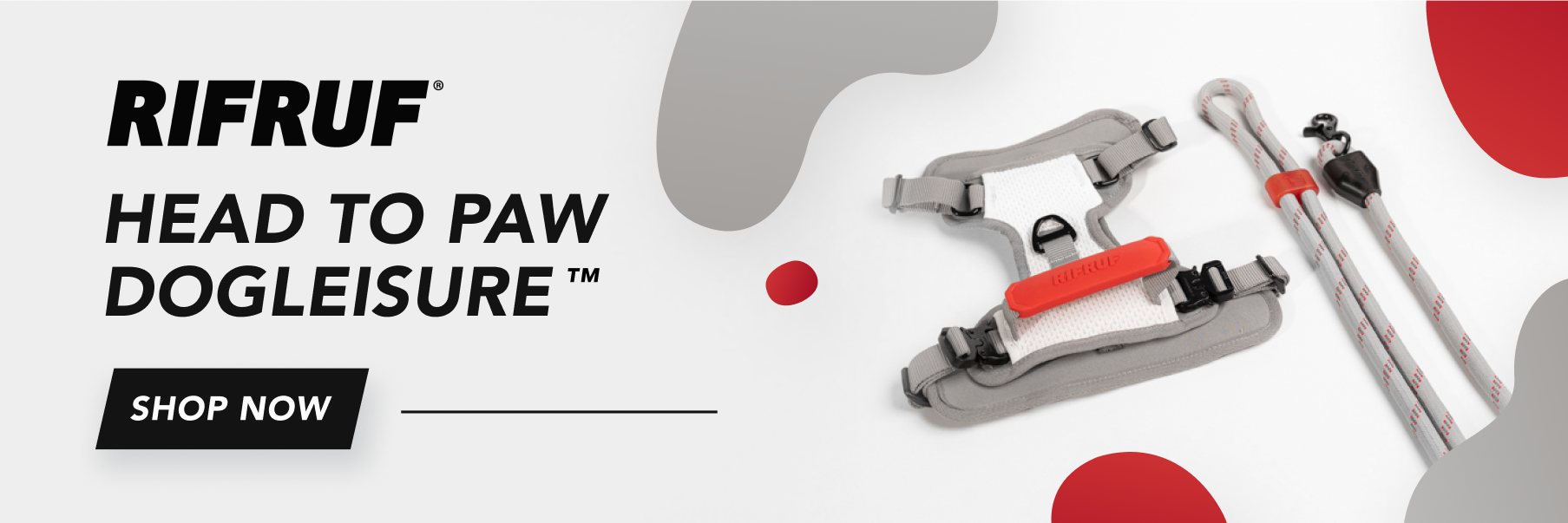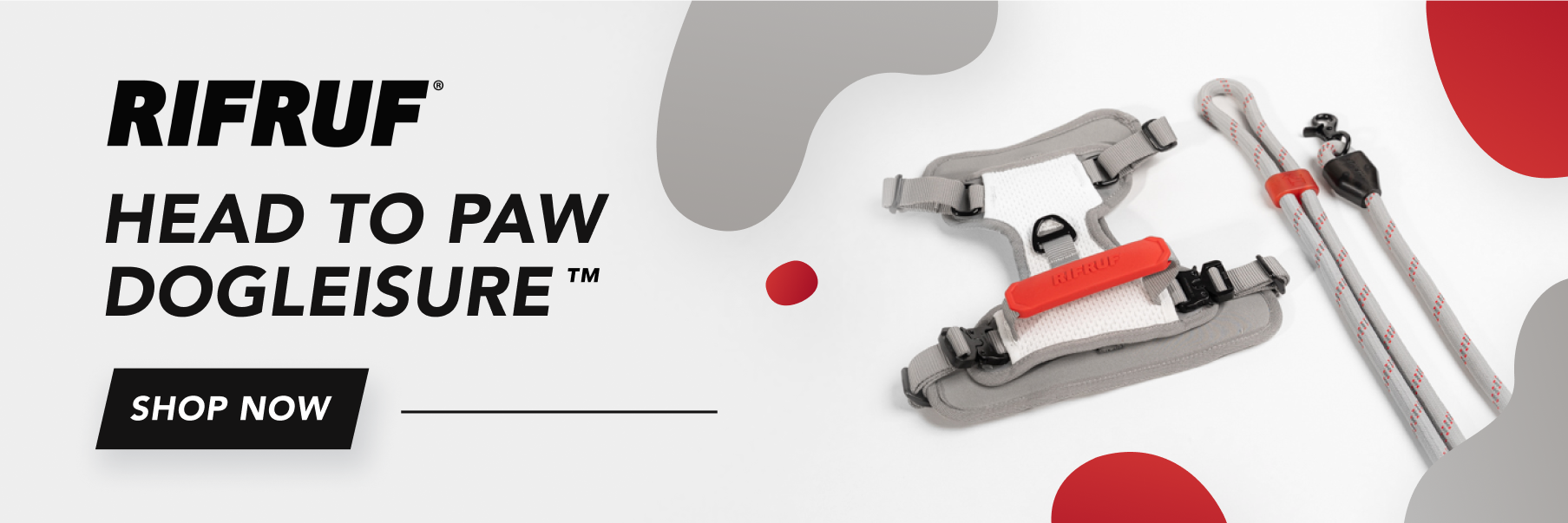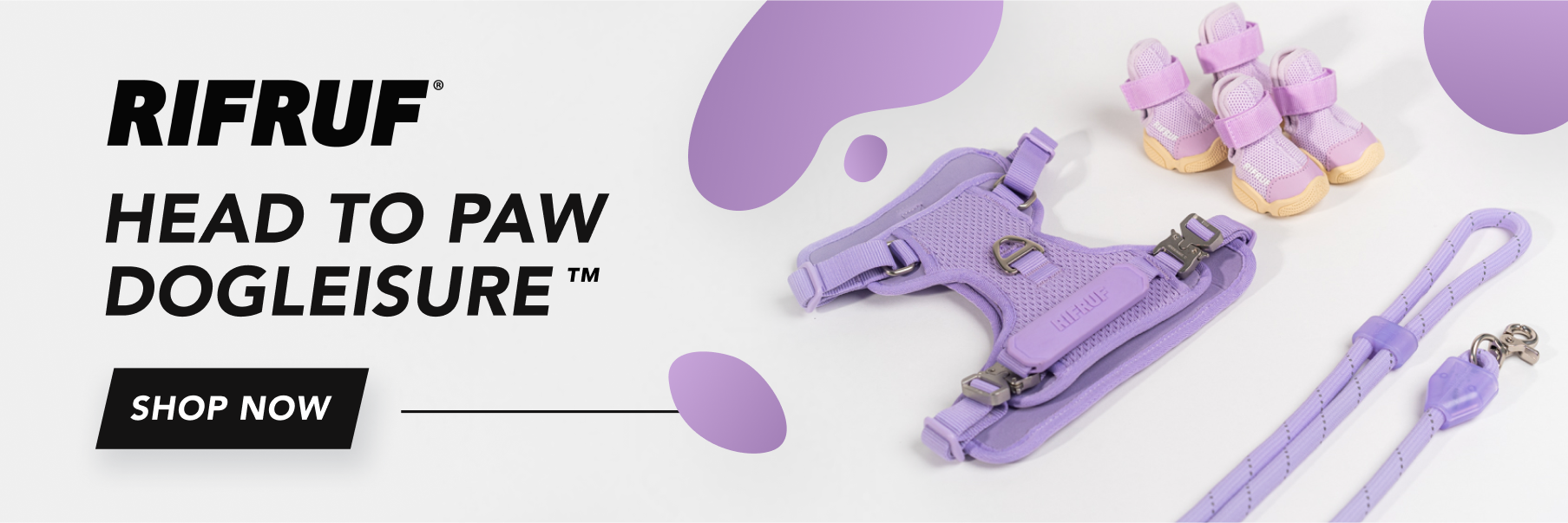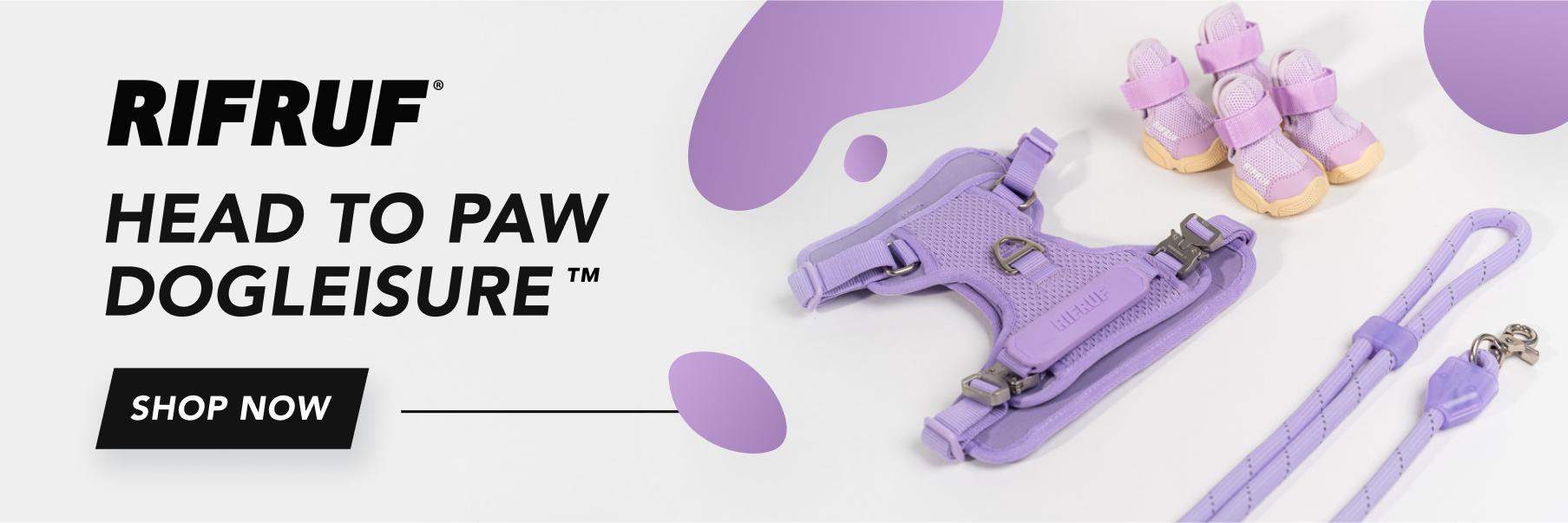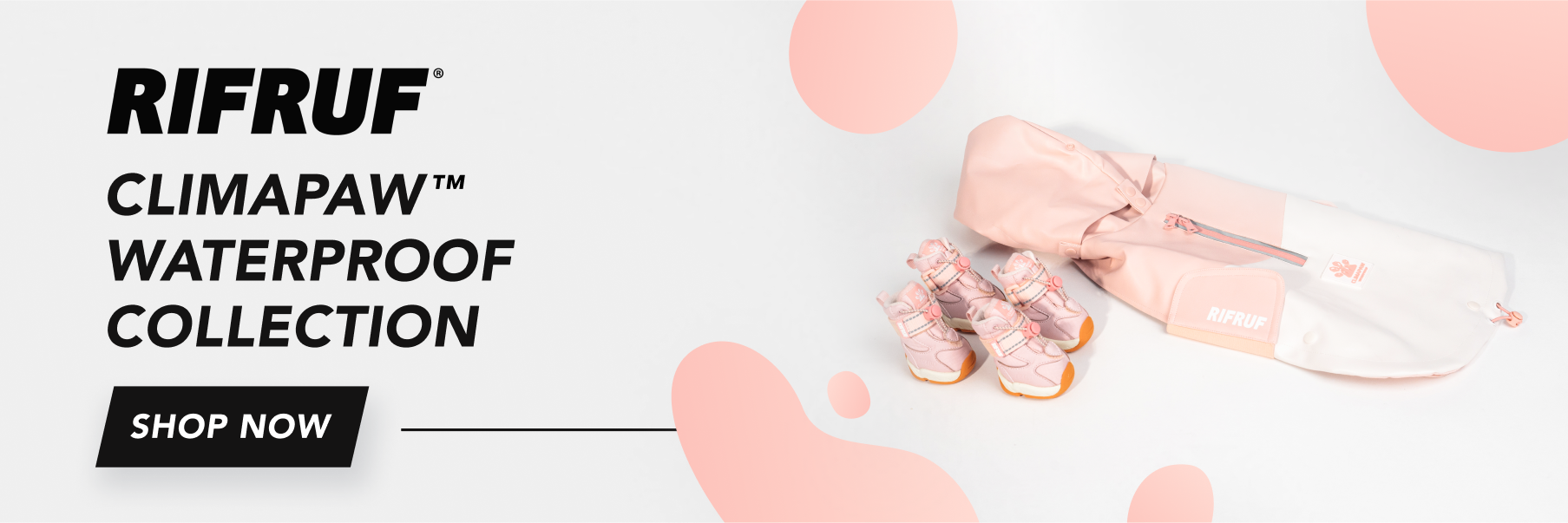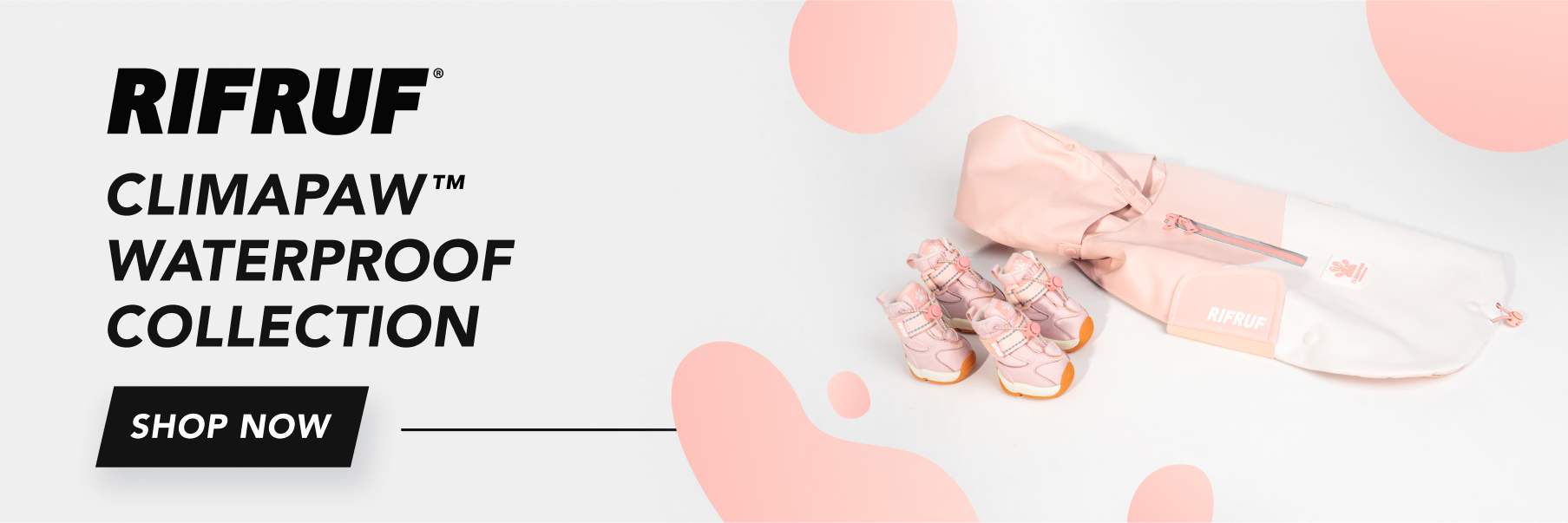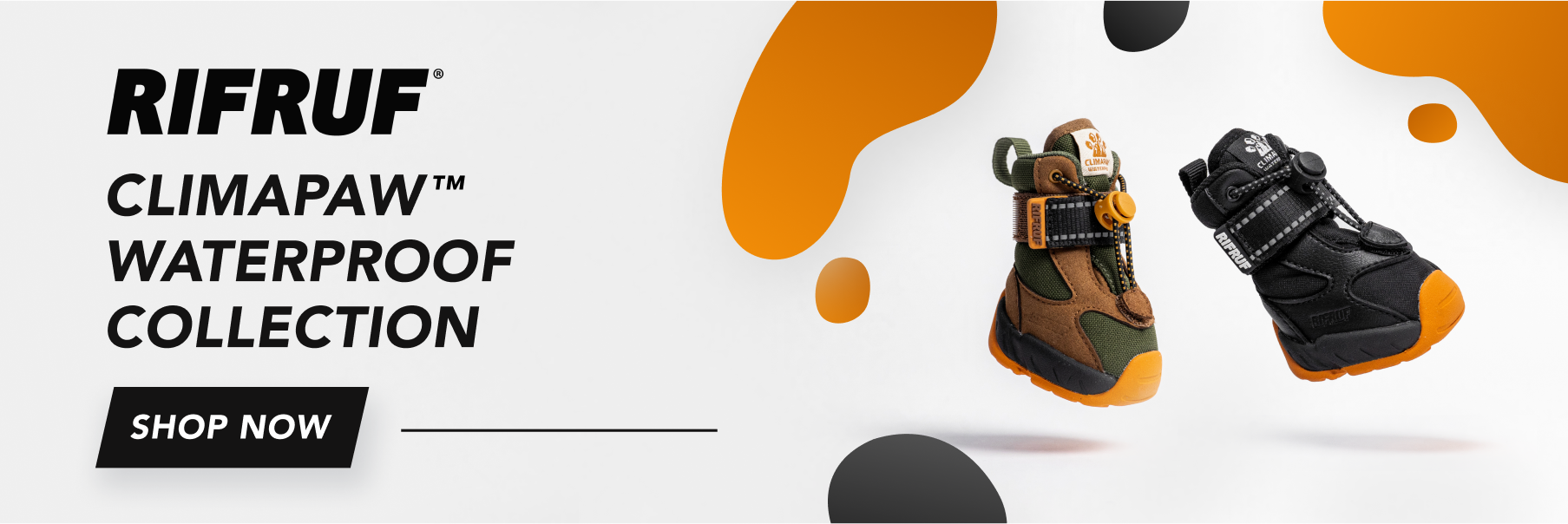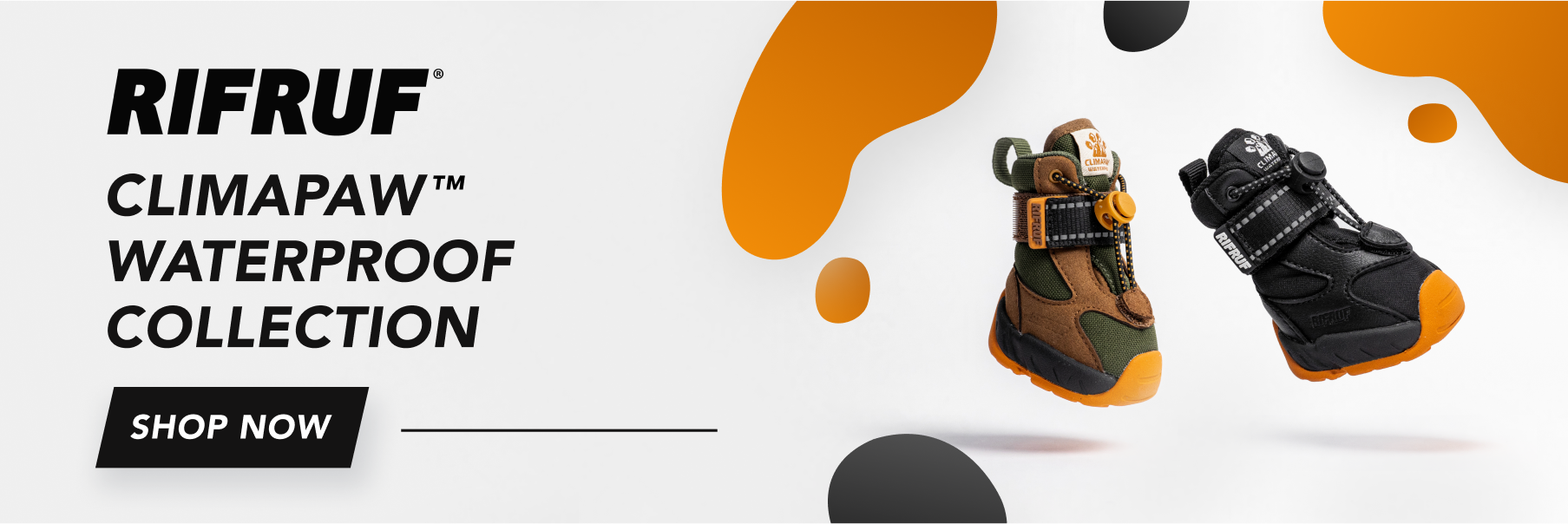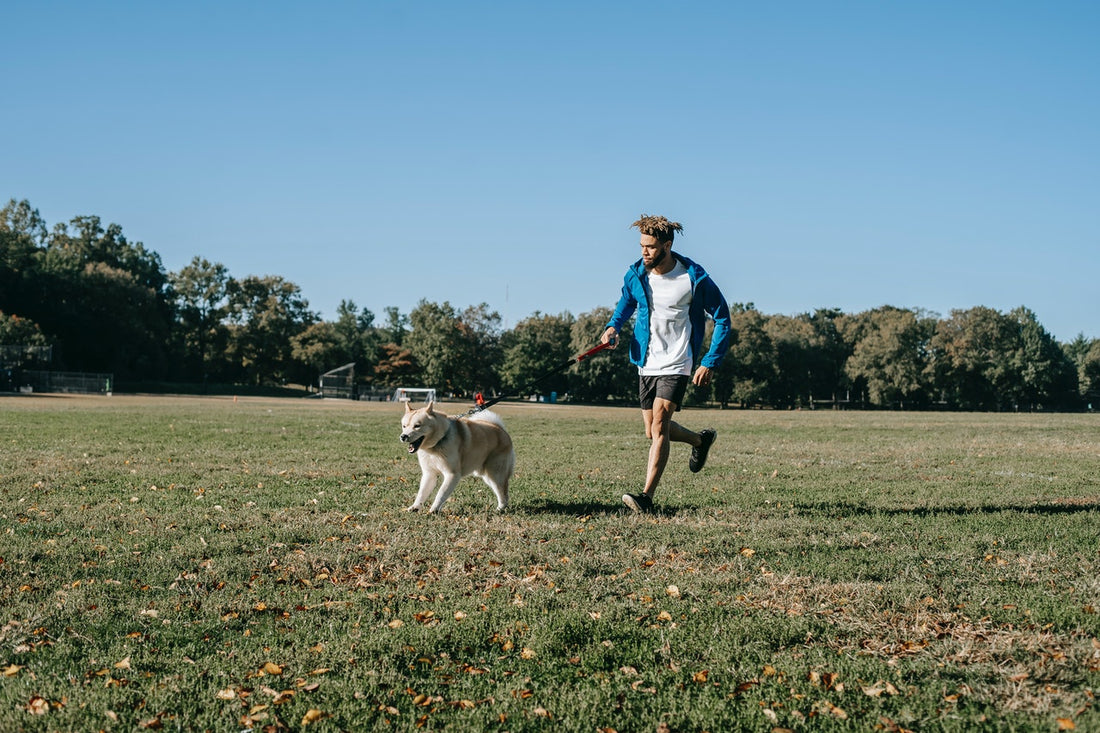If you're a runner or are working your way up to it, you may want to jog with your dog. Dogs are fantastic company on a morning or evening run. They can help you feel safe, and running together can keep both of you in good physical shape. Whether your dog will make a good running mate depends on their breed, age, and even their temperament. Some breeds love to run, but like us, if your dog hasn't been running regularly already, they need to be brought along gradually.
Here we'll discuss the steps to consider before and while running with your dog to make it fun and safe. We'll also talk about the right gear, including dog shoes to protect your dog's vulnerable paws from the dangers of debris and extreme weather conditions.
Related: How Often Should You Walk Your Dog: A Guide for New Owners
Do Dogs Like Jogging?

Some dogs love jogging. Larger, athletic dogs enjoy challenging themselves physically with long runs with their owners.
Here are some benefits of running with your dog:
- Running aids your dog's mental health, as well as their physical health.
- It's a natural way to manage their weight.
- The scenery is visually and mentally stimulating.
- The environment is an exciting sensory experience for your dog.
- It reduces anxiety and boredom.
- Running is an outlet for destructive behaviors and excess energy.
Despite all of this good, you should still ensure that your dog enjoys running. If they don't, or they aren't suited to running, they won't reap any of the benefits, and they may experience adverse reactions.
Check They're the Right Breed and Age
Before you get too excited about the prospect of jogging with your dog, you should consider their breed and age. For instance, small, brachycephalic dogs (Pugs, Bulldogs, etc.) cannot run very long or far. Of course, their short legs are a giveaway that they may not be the best runners. Puppies are also poor candidates for running mates. Their bones are still developing until they're about 1.5 years old.
Breeds suitable for distance running are Golden Retrievers, Huskies, Dalmatians, Gundogs, and Collies. Sprinters like Greyhounds don't make good distance joggers.
If you already have a dog, you know that dogs have their own personalities despite their breeds. So you may have an athletic breed, but your dog just doesn't enjoy running. Don't force it.
Finally, have your dog checked out by your vet to make sure they're healthy enough for the added physical stress of running. Dogs with joint issues are not candidates for running.
At What Age Can You Start Running With Your Dog?
As already mentioned, puppies with still developing growth plates at the end of their bones are not ideal running mates. While it might seem good to help your pup use up some of their excess energy, running may cause them injury.
Walk Before You Run
Before you and your dog begin running together, you should train them to loose-leash walk. They shouldn't be pulling on the leash, as this is dangerous behavior when you're running. If you can train your dog on a leash hanging in a J shape to walk alongside you without going after squirrels and other distractions, they'll be safe running. You may be able to accomplish this with treats, praise, toys, and other rewards.
When you run together, your dog will need to run at your side for the entire time. Otherwise, they can trip or hinder you while you're trying to run. Choose a side (left or right) and be consistent. Train them at a walking pace and give rewards only on the side you're trying to reinforce. Continue until they have mastered that side. If you want the option of the other side, you can train them with that as well with a different cue.
Are you looking for dog shoes from a company that believes your dog deserves the very best? We're all about providing products that are high-quality and functional. Check out RIFRUF today!
Begin Slowly

Just like you would take time to build up to running and then to running longer distances, you should do the same for your dog. It would be unreasonable and potentially harmful to expect them to just take off running for an extended time without any training.
Begin slowly with your dog. Allow them to build up a tolerance. Assuming your dog is the right breed, level of maturity, and health, you can begin with a 10-minute run and add 10 minutes every week until you reach a distance you're happy with. This will allow your dog (and you) to build muscle and endurance and avoid injury.
Be prepared for your dog to run ahead of you or lag behind at first. This doesn't necessarily mean your dog isn't enjoying themselves. They just need to be trained to know what you expect of them. Eventually, the two of you will sync to the same pace.
Related: 10 Reasons To Wear Dog Shoes
Don't Go Too Far or Too Fast At First
If you're training for a race, you may not want to take your dog along. You still have to stop to pick up after them, and they'll want to stop to look at things. So if you're trying to get your fastest time or longest run, your dog may be a hindrance to that. It won't be a fun time for either of you.
Use Speed Cues
Now that your dog is fit to run and understands your expectations, you can go a little faster. While you're walking, use a cue to let them know that it's time to speed it up. You may simply say, 'let's go' or 'let's run.' Be clear with your dog, so they know exactly what you mean. Use the cue immediately before you begin running slowly, and then reward your dog when they pick up their pace as well. You can also teach them a cue to slow down using the same method.
Build Endurance
Once your dog consistently responds to your cue to pick up the pace, you can add short running times into your walk. Every time you walk, you can increase the time of those running stretches. As you increase your running times, you can decrease the walking. After a few weeks, your dog will be jogging with you.
Have the Right Gear
To avoid injury and maximize enjoyment, make sure you have the right equipment for your dog. Whether you use a harness or collar depends on the size of your dog. It's essential that whatever you use doesn't restrict your dog's movement. Collars can be difficult for some dogs, but some harnesses can hinder some dogs' shoulder movement. Research to see what will work best for you and your dog.
Your dog may need a doggie coat or jacket to keep them warm in cold weather.
Dog Shoes

If you walk or run in extreme weather conditions or where your dog is likely to encounter dangerous debris on the ground, you should consider dog shoes. Your dog's paws are vulnerable to injury, freezing, or burns from the ground they run or walk on. So a set of well-designed, high-quality dog sneakers can protect them and add to the enjoyment of running.
At RIFRUF, we love dogs and produce high-quality dog sneakers. These protect your dog's paws from hot asphalt or concrete in the summer, icy ground and rock salt in the winter, dangerous debris on the ground like sharp metal and glass, and germs and bacteria that can make them ill. Our sneakers are designed with your dog's comfort and well-being in mind. They're lightweight, stylish, and durable.
Safety First
Here are more tips to help you both enjoy your running and stay safe:
- Remember to warm up your dog before they run and cool down for a few minutes after.
- Offer water to your dog frequently while you run.
- Be aware that your dog does not handle very hot or very cold weather as well as you do.
- Give your dog pee or poo breaks and allow them to enjoy the scenery.
- Know when your dog has had enough. Lagging or heavy panting may mean they're struggling to keep up just to please you, so make sure you know when to stop.
- Only allow your dog to run off-leash where it's safe and legal, and also only if they respond immediately to your recall.
Related: Do Dogs Really Need Shoes for Snow?
Final Thoughts

Your dog is a wonderful companion, which may extend to being a great running mate. Just ensure that you consider their needs, age, health, and temperament. If your dog is a good candidate for running, start slowly and build their tolerance and endurance. And make sure that you get the right gear to avoid injury.
Does your dog’s walk include scorching sidewalks in the summer and icy snow in the winter? Your dog’s paws can use some protection. Check out our product line at RIFRUF to learn more.

